From the earliest recorded conflict in Mesopotamia around 2,700 BCE until the headlines of today, the world has seen fighting and killing—between families, tribes, cities, nations and religions.
War is a monstrous agent of change—in both the social, economic and political climates that fostered it, as well as the effects and after-effects of the war itself. In the pages of this magazine we see humanity in the crucible of war, during events that were, for the people of that time and place, the worst thing that had ever happened.
In recounting the history of these conflicts our writers delve into the personalities of the commanders, the weapons used, the strategies and tactics, even how the weather and the terrain influenced the outcome. Certainly there is valor, honor, sacrifice. Acts that are noble and, sometimes, nearly unspeakable.
Often, almost as an afterthought, there is found near the end of an article the number of “killed, wounded or missing.”
It’s this last word, “missing,” that bears further examination. For though a battle may last a few hours, days or weeks, the fate of the missing can remain a mystery for decades, even forever.
On page 62 of this issue, Michael E. Haskew has provided a compelling account of 400 men from the “Glorious Glosters,” a British regiment that held out against an overwhelming force of Chinese soldiers during the Korean War. Ironically, in the 60 years since its end, the United Nations mission in Korea—overshadowed by the global conflict that preceded it and the controversial war that followed—has been called the “Forgotten War.”
For those that lived through it and the families of those who didn’t, no war could ever be described as “forgotten.”
In April 2024, the remains of two British soldiers from that conflict, buried in unmarked military graves, were identified: Major Patrick Angier and Sergeant Donald Northey.
The BBC reported that Nicola Nash, a Commemorations Case Worker at the Joint Casualty and Compassionate Centre in Gloucester, England, spent six years researching before conclusively identifying the men’s remains—without the use of DNA. Instead, she sifted through hundreds of reports, maps, telegrams and letters to identify the men.
Here in the U.S., the Defense POW/MIA Accounting Agency (DPAA) in Hawaii works tirelessly around the world to find and recover the nearly 82,000 American military personnel that remain unaccounted for: 71,000 from World War II, followed by the Korean War (7,000), the Vietnam War (1,500) and the Cold War (110). Some 41,000 of those missing are presumed lost at sea, whether from the sinking of a ship or the downing of aircraft.
In conjunction with the 2023 National POW/MIA Recognition Day (third Friday in September), the Department of Defense announced in a press release that the DPAA had recovered 127 service members for that fiscal year: 88 from World War II, 35 from Korea, and four from Vietnam.
One of those identified was from a group that has seen much coverage in our family of Sovereign Media magazines: The Tuskegee Airmen.
Army Air Corps 2nd Lt. Fred L. Brewer, 23, flew his P-51C Mustang nicknamed “Traveling Light” on October 19, 1944, out of Ramitelli Air Field in Italy on a bomber escort mission over Regensburg, Germany. He never returned and, after the war, a body was recovered by U.S. personnel from a civilian cemetery in the area, but the DNA technology had not advanced enough for identification and the remains were interred as unknown. There are still 25 Tuskegee Airmen waiting to be found.
Though it may not have the cinematic quality of the stories that inspired Saving Private Ryan or Band of Brothers, the mission of the DPAA and other agencies like them around the world—the neverending search for the missing—is well worth remembering. For someone, somewhere, these answers mean everything.
—Kevin Seabrooke
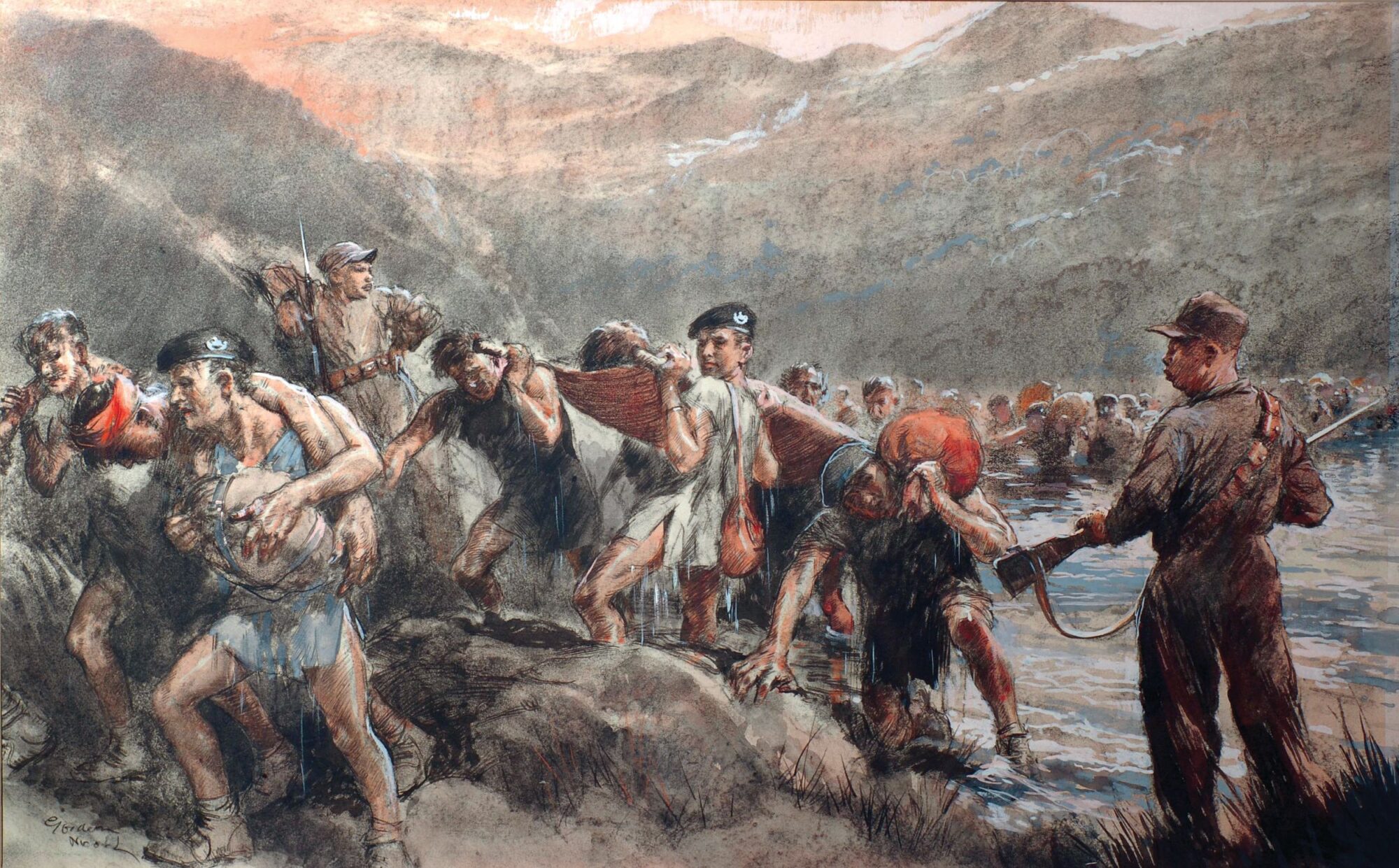
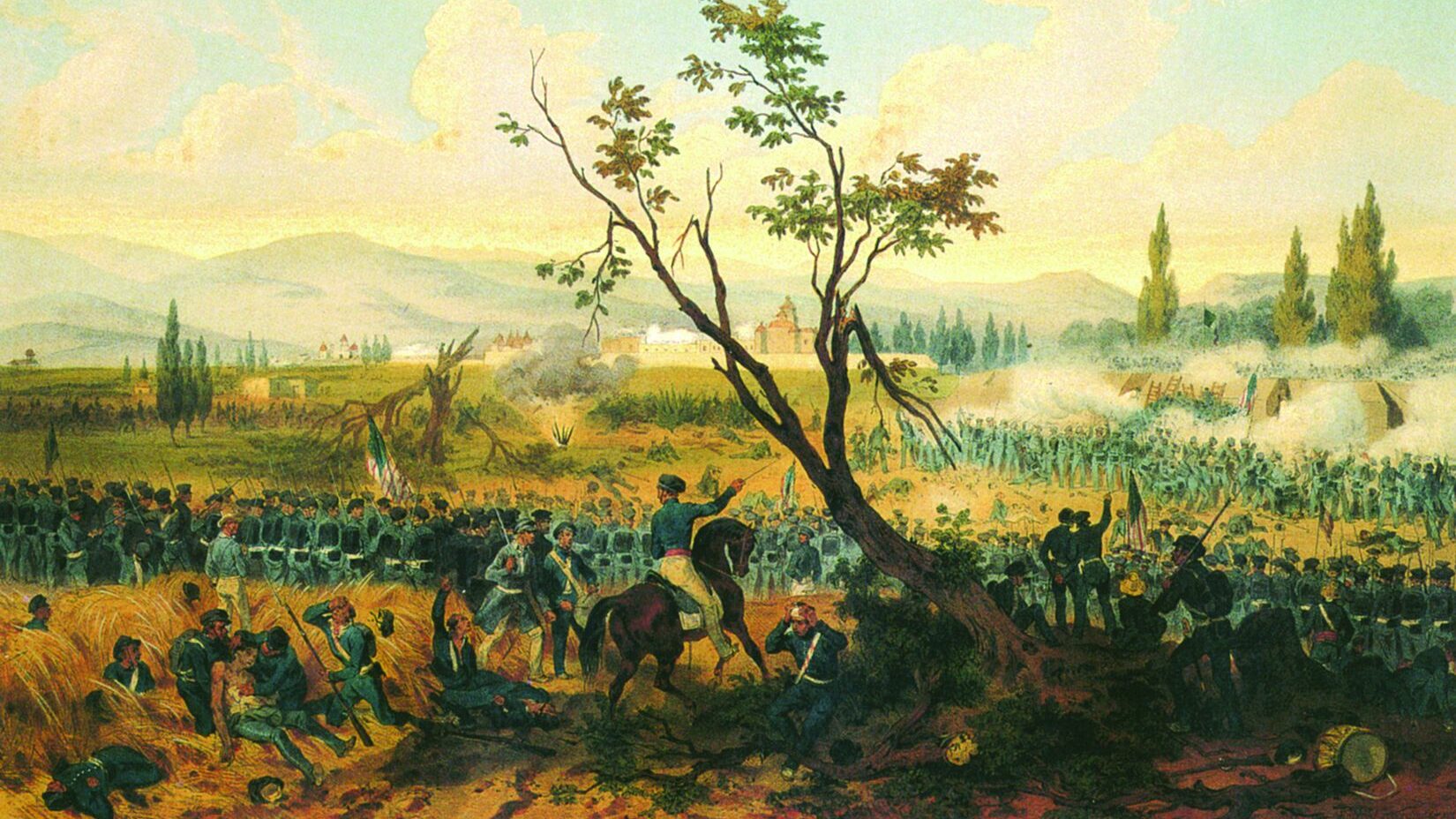
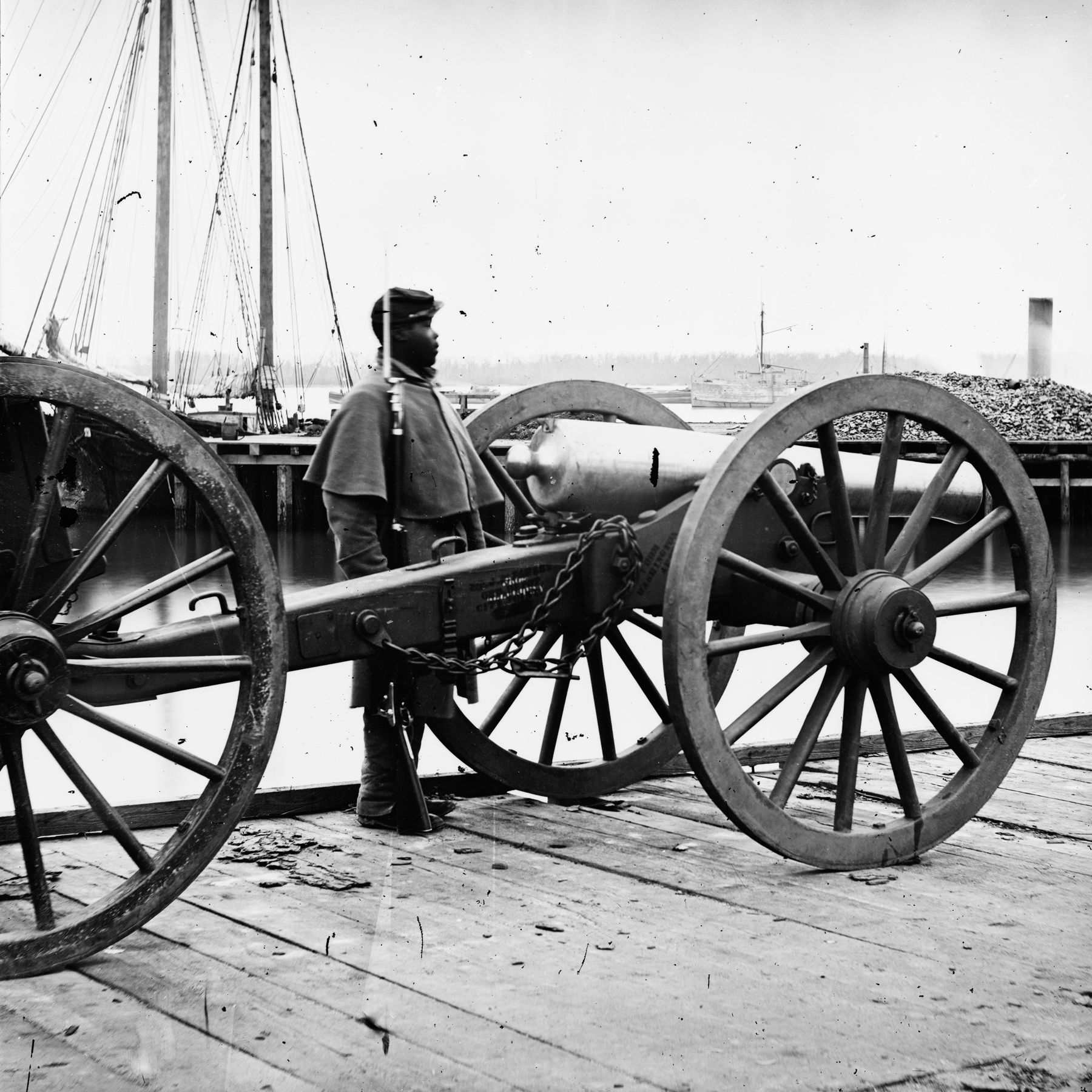
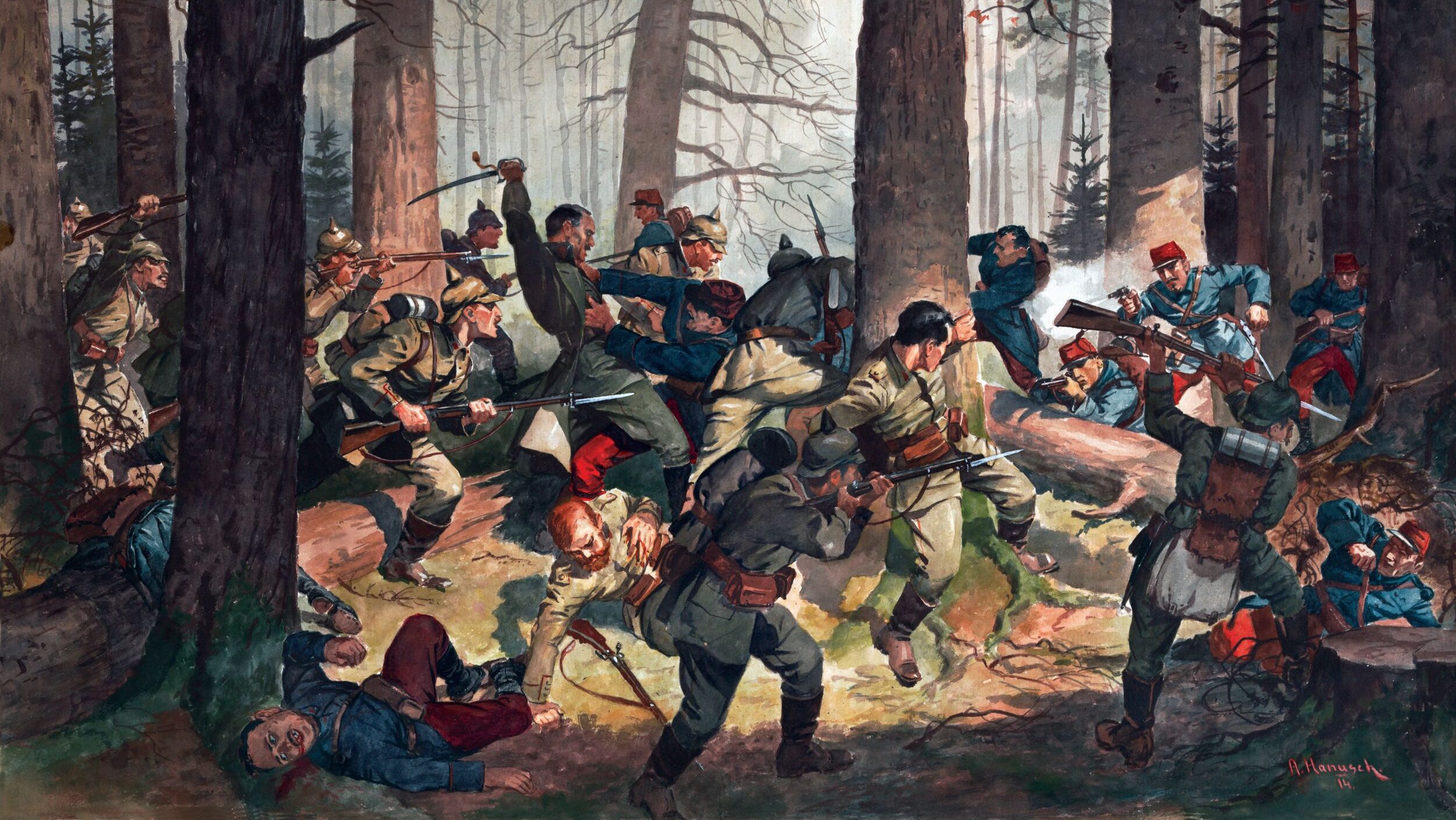
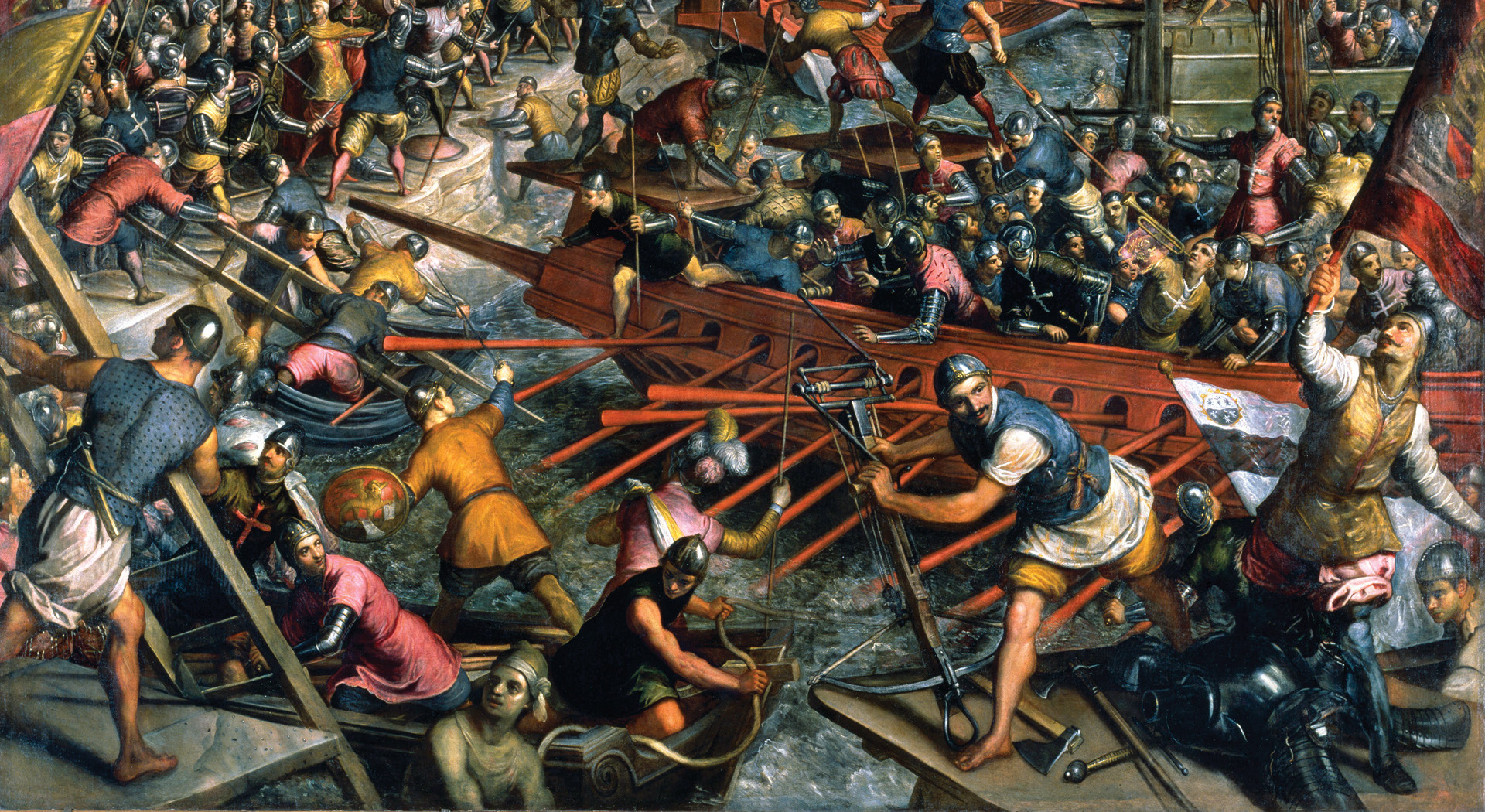
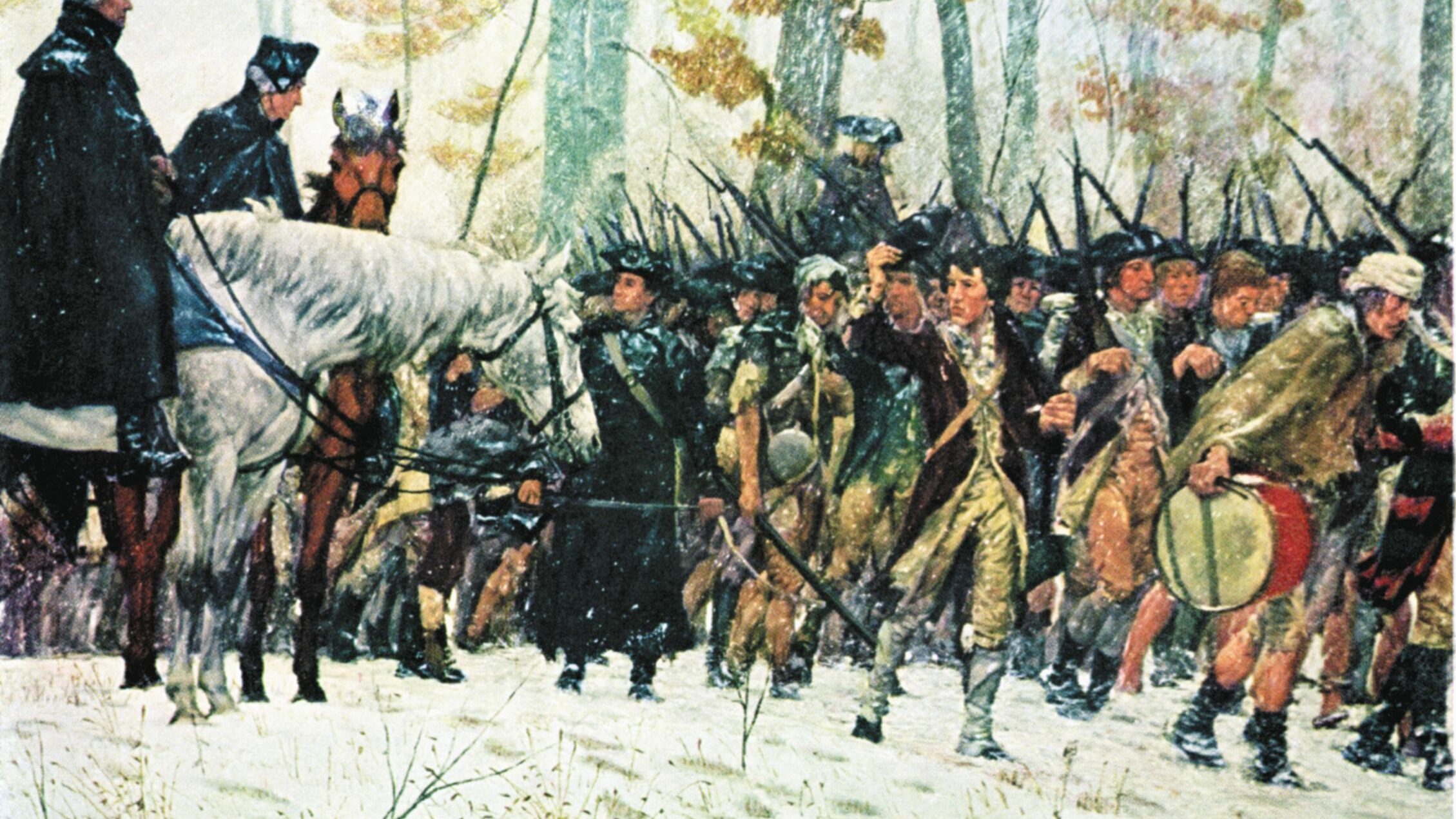
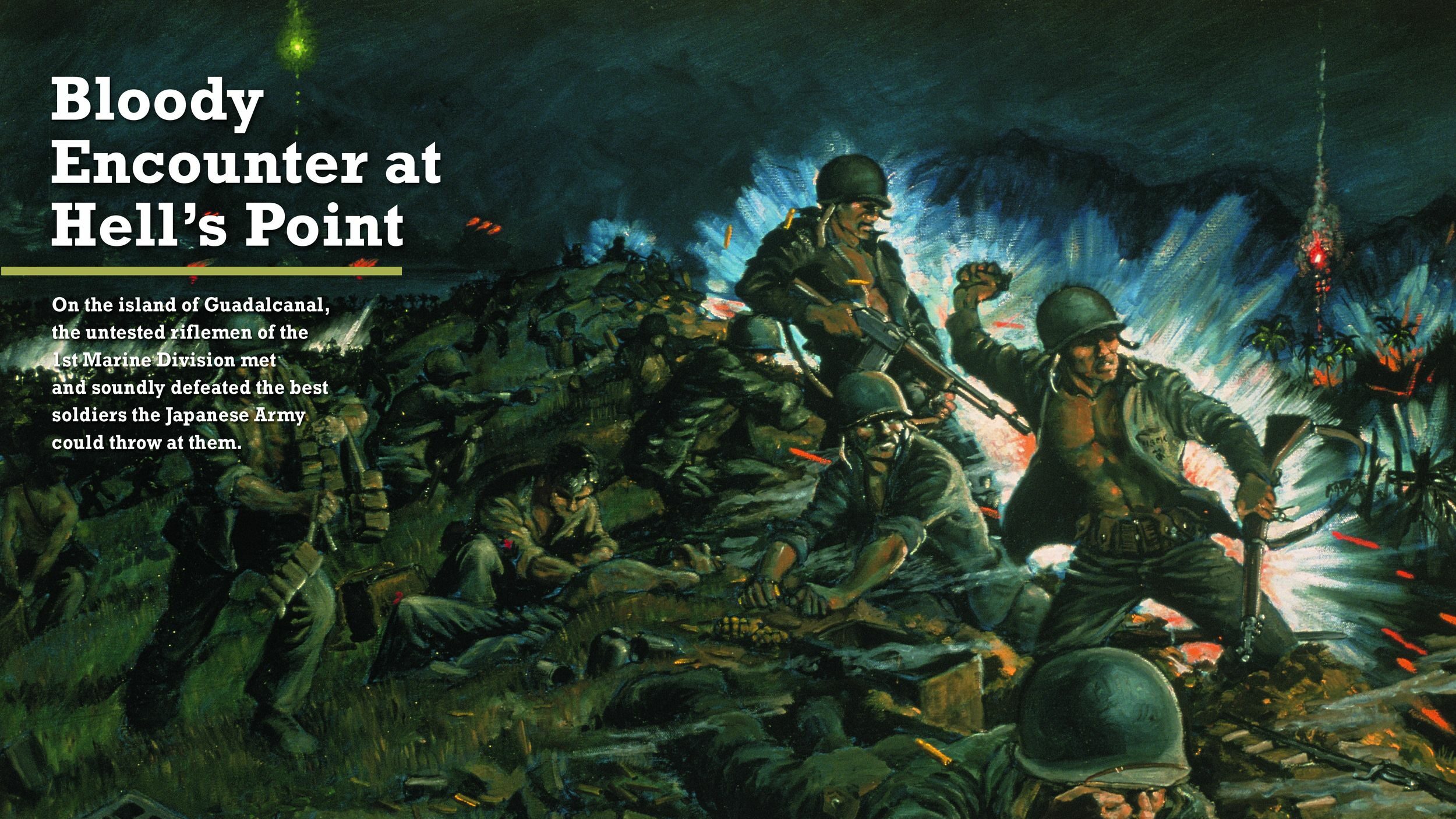
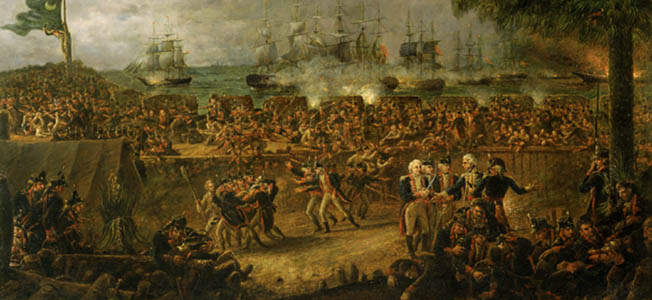
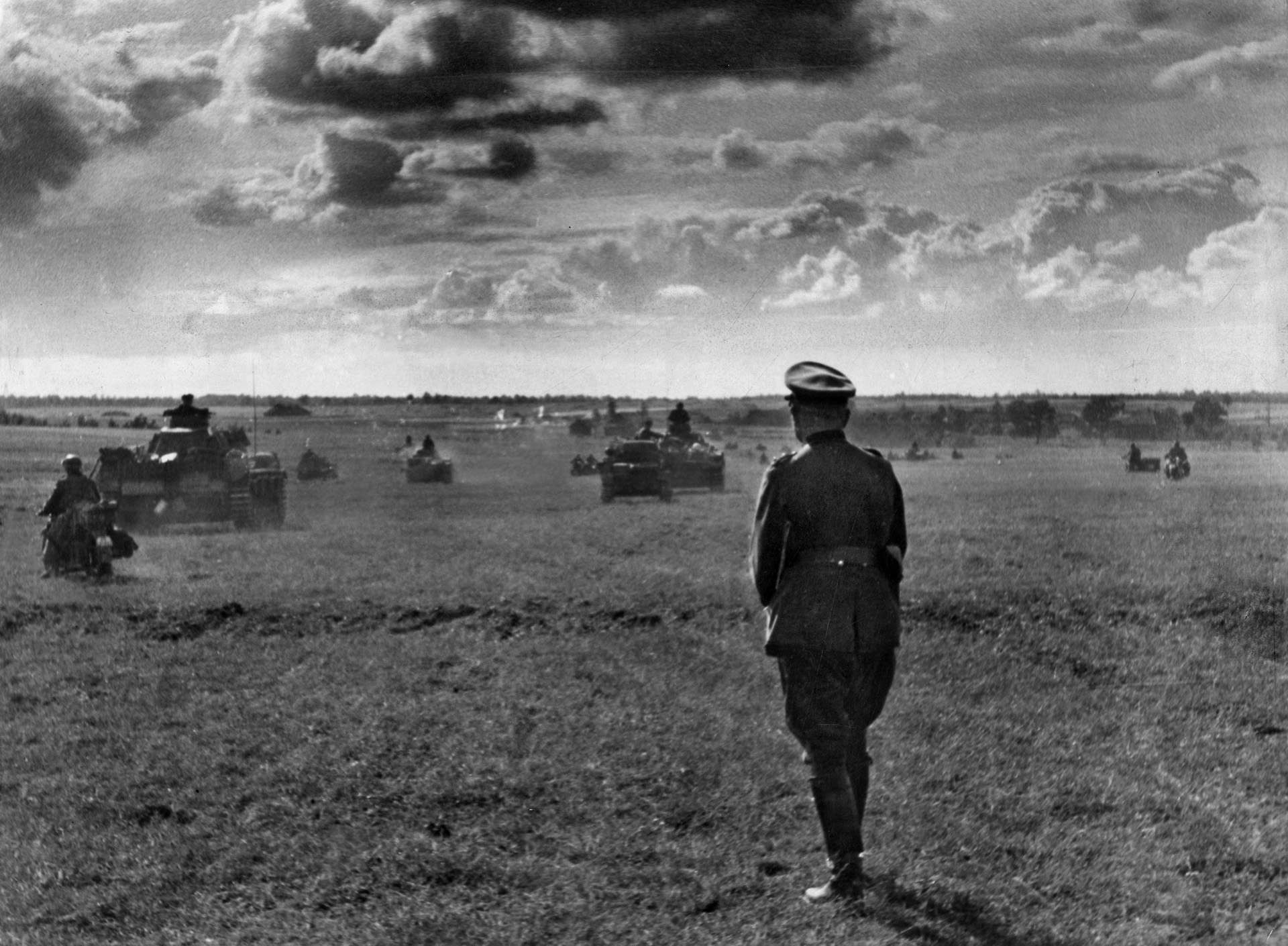
Join The Conversation
Comments
View All Comments